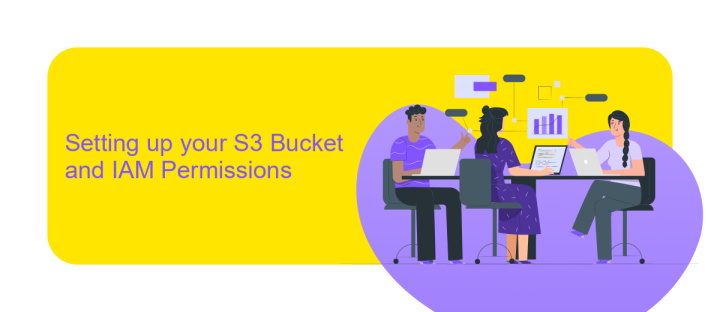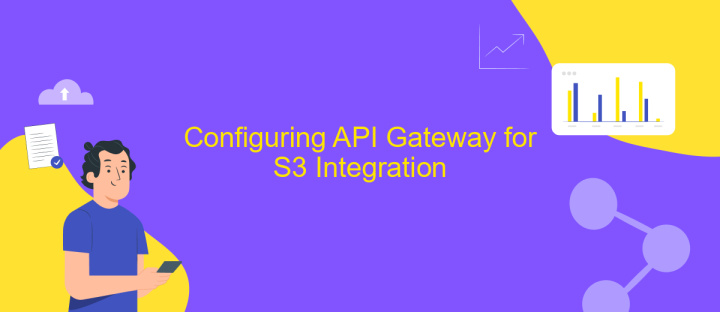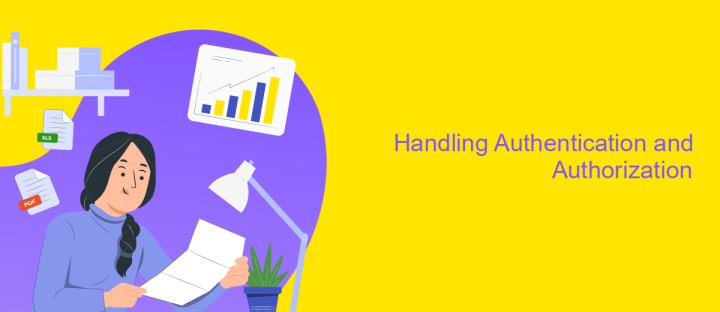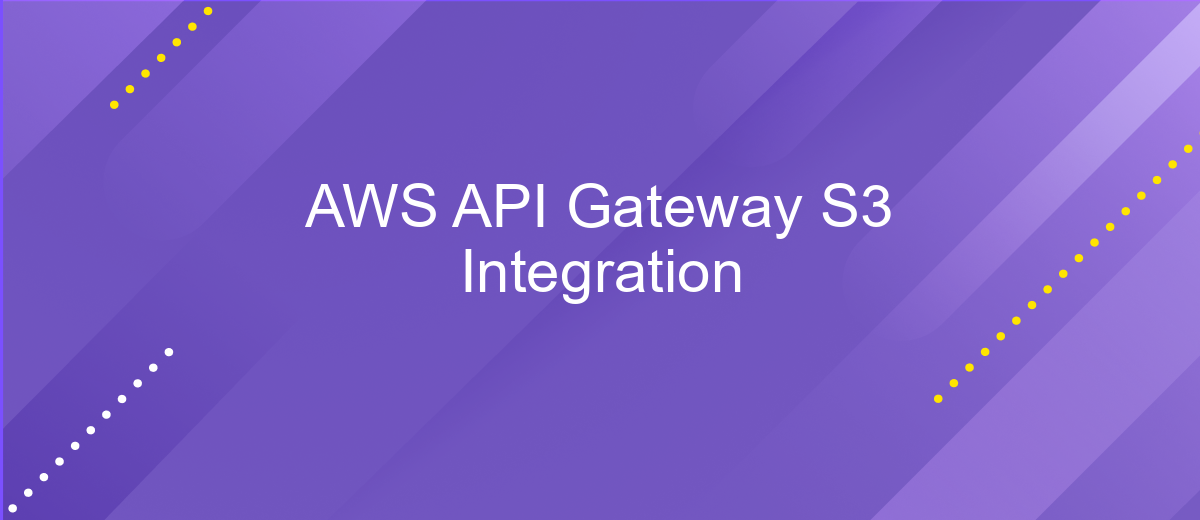AWS API Gateway S3 Integration
The AWS API Gateway and S3 integration is a powerful combination that enables seamless interaction between web applications and cloud storage. By leveraging API Gateway, developers can create secure, scalable APIs that facilitate data transfer to and from Amazon S3. This integration not only enhances application performance but also simplifies the process of managing and distributing content, ensuring efficient and reliable cloud-based solutions.
Introduction to AWS API Gateway and S3 Integration
Amazon Web Services (AWS) offers a powerful suite of tools for building scalable and efficient cloud applications. Among these tools, AWS API Gateway and Amazon S3 stand out for their versatility and ease of integration. API Gateway acts as a front door for applications to access data, business logic, or functionality from your backend services. Meanwhile, Amazon S3 provides secure, durable, and highly-scalable cloud storage. Together, they enable developers to create robust and flexible solutions for managing data and delivering content over the web.
- Scalability: Effortlessly handle growing amounts of data and traffic.
- Security: Protect data with integrated AWS security features.
- Cost-Effectiveness: Pay only for the resources you use.
- Flexibility: Easily adapt to changing application requirements.
Integrating AWS API Gateway with S3 allows developers to create APIs that can directly interact with S3 buckets, enabling seamless data retrieval and storage. This integration simplifies the architecture by reducing the need for intermediary services and enhances performance by leveraging AWS’s global infrastructure. By using API Gateway and S3 together, developers can build efficient, reliable, and secure applications, ensuring a seamless user experience while maintaining control over data management and access.
Setting up your S3 Bucket and IAM Permissions

To begin setting up your S3 bucket for AWS API Gateway integration, first log into your AWS Management Console and navigate to the S3 service. Create a new bucket by clicking on "Create bucket" and follow the prompts to configure your bucket's name, region, and settings. Ensure that you set the appropriate permissions for your bucket to allow access from your API Gateway. This typically involves configuring bucket policies or enabling CORS (Cross-Origin Resource Sharing) settings, depending on your integration requirements.
Next, configure IAM permissions to allow API Gateway to interact with your S3 bucket. Navigate to the IAM service in the AWS Management Console and create a new role. Choose the "API Gateway" service as the trusted entity and attach a policy granting necessary permissions, such as the AmazonS3FullAccess policy, to the role. This setup ensures that API Gateway can perform actions like reading from or writing to your S3 bucket. For streamlined integration setup, consider using tools like ApiX-Drive to automate and manage your API connections efficiently.
Configuring API Gateway for S3 Integration

Integrating AWS API Gateway with S3 allows you to create a seamless interface for accessing and managing your S3 resources. To configure API Gateway for S3 integration, you need to set up an API method that communicates with S3, enabling actions like GET, PUT, and DELETE. This process involves creating a REST API and defining the necessary resources and methods to interact with your S3 bucket.
- Create a new REST API in the AWS API Gateway console.
- Define a new resource that represents your S3 bucket.
- Add a method to the resource, selecting the HTTP method (e.g., GET) you want to support.
- Set the integration type to AWS Service and choose S3 as the AWS service.
- Configure the method request and response, specifying any necessary parameters and headers.
- Deploy the API to a stage to make it accessible via a public endpoint.
Upon completion, your API Gateway will serve as a proxy for S3 operations, allowing users to interact with your S3 bucket through a RESTful interface. This setup enhances the accessibility and security of your S3 resources by leveraging API Gateway's features, such as authentication and request throttling.
Handling Authentication and Authorization

When integrating AWS API Gateway with S3, handling authentication and authorization is crucial to ensure secure access to your resources. Authentication verifies the identity of users or applications, while authorization determines their access level. AWS provides several methods to effectively manage these processes.
The first step is to configure AWS Identity and Access Management (IAM) roles and policies. IAM allows you to create roles with specific permissions that can be assumed by your API Gateway, granting it the necessary access to S3 resources. Additionally, you can use AWS Lambda authorizers to implement custom authentication logic, providing more flexibility in managing access.
- Use IAM roles and policies to define access permissions for API Gateway.
- Implement AWS Lambda authorizers for custom authentication scenarios.
- Leverage AWS Cognito for managing user pools and authentication flows.
By combining these methods, you can create a robust authentication and authorization framework for your AWS API Gateway and S3 integration. This ensures that only authenticated and authorized requests can access your S3 resources, enhancing the security of your application. Regularly review and update your IAM policies to adapt to changing security requirements.


Testing and Deploying your API Gateway S3 Integration
After configuring your AWS API Gateway S3 integration, it's crucial to thoroughly test it to ensure seamless operation. Start by deploying the API to a test stage in API Gateway. Use the built-in test features to send requests and verify that they are correctly routed to your S3 bucket. Check the response codes and payloads to confirm that the integration behaves as expected. It's important to monitor logs and metrics in CloudWatch to identify any errors or performance issues that may arise during testing.
Once testing is successful, deploy your API to a production stage. You can automate this process using CI/CD pipelines to ensure consistent and reliable deployments. For enhanced integration management, consider using services like ApiX-Drive, which can simplify the process of connecting your API Gateway with S3 and other services. ApiX-Drive offers a user-friendly interface to configure and automate integrations, reducing the complexity of deployment. Regularly update and monitor your integration to accommodate any changes in your requirements or AWS services.
FAQ
How do I integrate AWS API Gateway with S3 to store data?
What permissions are required for API Gateway to access S3?
Can I automate the integration setup between API Gateway and S3?
How do I handle authentication for requests to API Gateway that access S3?
Is it possible to transform data in API Gateway before storing it in S3?
Apix-Drive is a simple and efficient system connector that will help you automate routine tasks and optimize business processes. You can save time and money, direct these resources to more important purposes. Test ApiX-Drive and make sure that this tool will relieve your employees and after 5 minutes of settings your business will start working faster.

